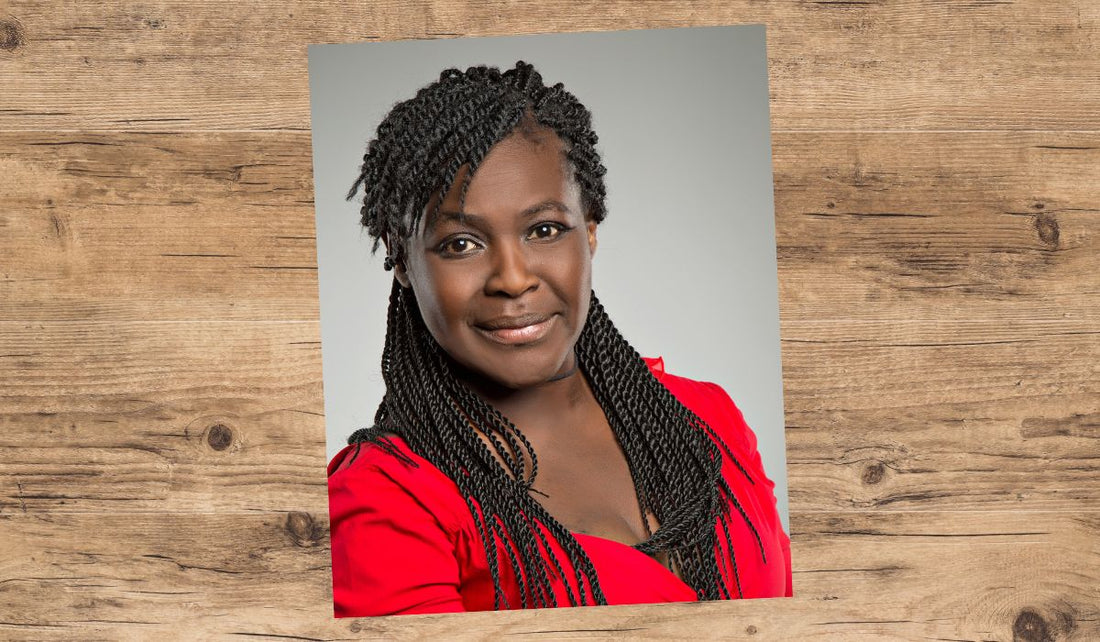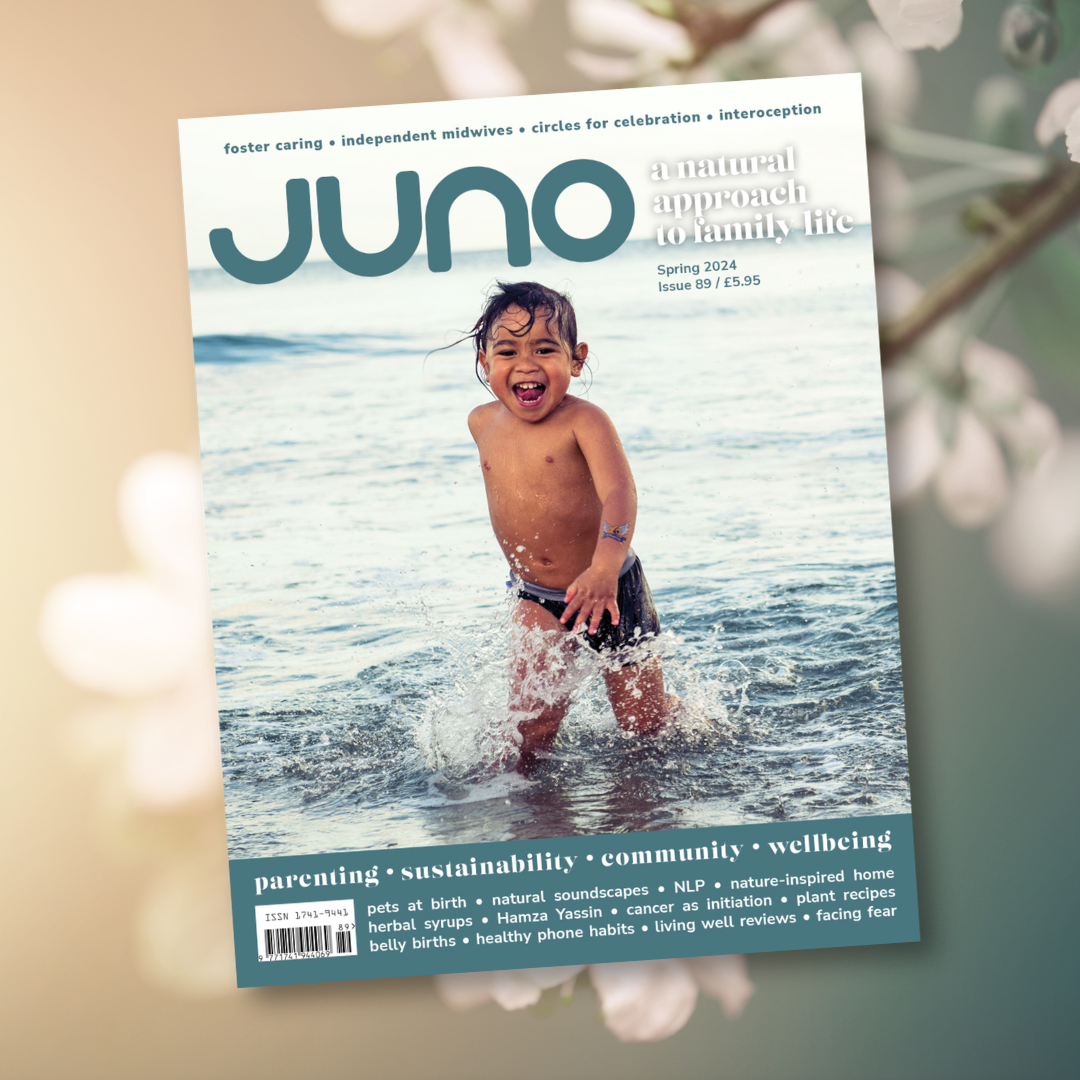Maggie Aderin-Pocock is an award-winning scientist. She has had a fascination with space for as long as she can remember and one of her earliest dreams – which she still hopes to fulfil – was to travel to space. Over the course of her career, she has spoken to over 400,000 schoolchildren to share her love of space, inspire the next generation of scientists, and to give all children, no matter what their interests, an awareness of science and the critical role it plays in enabling humans to make good decisions about the way we live on Earth and how we take care of our planet. In her latest book, Am I Made of Stardust?, Maggie answers some of the brilliant questions children have asked her over the years as a way of introducing young readers to the Universe, our solar system, and human space exploration.
The book is fascinating, awe-inspiring and, at times, completely mind-boggling: the fact that the Universe is expanding; or that space is a vacuum; the very existence of black holes! I ask Maggie whether it’s difficult to find ways to communicate such complex concepts to children. “It is quite challenging in some ways,” she admits. “When you’re talking about space, the numbers are all so very big, but sometimes it’s nice to lean into that. For instance, when I give my talks, I mention things like there being 300 billion stars in our galaxy, and 200 billion galaxies out there. But how big is a billion? I ask children to try and guess how long it would take to count from 1 to 1 billion, saying one number a second. And the actual answer is 32 years. It’s just trying to bring the big numbers home.”
Some of the questions posed in the book are really comical, but they lead to such interesting answers. One I loved was, “Could I sing in space?” ‘Of course!’ I thought when I read that. Wrong. Since space is a vacuum, there are no gases to carry the sounds. You could sing on the planets, though, because they have atmospheres. “Because Venus’ atmosphere is thick – more like soup than air – the sounds would travel faster, so you’d probably sound a bit like a duck.” Maggie says, “The wonderful thing about children is they ask questions unconstrained, and I think that’s brilliant. As we grow older, we’re hemmed in by our ideas. Children don’t have that; they see things totally differently, and that’s to be encouraged. I always say to children to keep asking questions. Because that’s what we need. We need that curiosity.
“The book is all about asking questions. For parents, that can be quite challenging, but what I do now when my daughter asks me a question and I don’t know the answer, we explore it together – there’s so much information out there – and that’s something I love doing. It unites me and my daughter, and I would encourage all parents to do that.”
Maggie can trace her love of science all the way back to childhood. “My love of space was there from the get-go,” she says. “I heard about people like Yuri Gagarin, and Neil Armstrong landing on the moon, and these things really inspired me. This was reinforced by watching things like The Clangers, and before I knew it, I was watching Star Trek. I had quite a challenging childhood in some ways. I went to 13 different schools when I was growing up because my parents were splitting up and I moved around a bit. But science inspired me. I realised that science is what brought people into space, and because of my crazy dream of getting into space, it allowed me to realise that science was powerful and that’s why I wanted to study it.”
When Maggie was 15, she made her own telescope. I am amazed by the skill and self-belief she must have had as a young person, but she puts her achievements down to “having a big dream that drives you on”. She recounts what happened. “I bought a telescope, but we were living in a council flat in London and we didn’t have much money, and the telescope wasn’t very good. Then I looked in a magazine and saw a telescope-making class, so I went along. When I got there, everybody in the room was white and male and the average age was about 50, but we had a common goal. It’s that goal that drives you on. I wanted to understand the stars, so I needed a telescope. So how do I go about getting one if the one I’ve got isn’t very good? When you have a big dream, you find your way around the hurdles.”
One of the things Maggie likes to share with children is the impact her dyslexia has had throughout her life. “When I was a child, dyslexia felt like a hindrance,” she says. “When you first go to school, it’s all about reading and writing, and these are the things that dyslexics find really hard. But as I’ve grown older, I have seen dyslexia as my superpower. I found out later that dyslexics are really logical; dyslexics are really creative; dyslexia makes you think outside the box. That’s definitely been a feature of my career. I like to try and do things differently and not follow the norm and I think that’s partly driven by my dyslexia. It’s important for children to realise that, yes, dyslexia might be a bit of a pain now, but just you wait, you’re really going to lean into it later.”
Maggie’s career has been wide-ranging. She’s worked on a missile warning system, landmine detection, satellites to help the investigation of climate change. A common characteristic of these roles seems to be the practical application of science to help humanity. “Yes,” she says. “It’s problem-solving, and science and engineering do that brilliantly. Here’s the challenge, now how do we go about taking on that challenge? I like to show children that studying science can lead to taking on the big challenges, like landmines and finding better ways of detecting them. Like climate change and finding better ways of generating energy here on Earth. What they learn in the classroom is very relevant to the challenges we face today. Making that link is important.”
Maggie was also one of 10,000 scientists who worked on the James Webb Space Telescope and she says, “understanding the Universe, looking out there and feeling that sense of wonder, has also driven my career.” She describes her initial attraction to studying space: “When you look at images of Earth from space, you don’t see country lines, you just see a planet: humanity united. People think the first images of Earth from space inspired the environmental movement and the fact that we need to work together to look after our planet. I grew up in the 1970s, and I felt like I didn’t really belong anywhere. At home I’d be told, ‘You’re a bit of a lost Nigerian; you don’t speak the language.’ And then at school they’d say, ‘Why don’t you go back to where you’ve come from?’ But space unites humanity. And I think that’s something we can really tap into.
I ask Maggie whether racism has impacted her career. “People have a stereotypical view of what a scientist looks like and it’s usually white and male. There have been a few times over the years when people have asked me, ‘Oh, can you get me a coffee?’ thinking I’m one of the support staff. They see a black woman and they make assumptions. That’s why it’s nice to write books and to be on TV and show that different people do different things and we can’t just pigeonhole people in the way we’ve done in the past. Opportunities should be open to everyone. It’s trying to erode these stereotypical views of the past and show that, no matter what you look like and who you are, if you have an aptitude for something you love, lean into it and get it done. Reach for the stars.”
I wonder about Maggie’s own dream of going into space. Will she get there one day? “That is one of my crazy dreams,” she says. “William Shatner, the guy who played Captain Kirk in Star Trek, actually went to space. He took a suborbital flight when he was 90, so I’ve still got time. The space environment is changing. NASA is talking about going back to the moon in the next few years, and sending women to the moon, and different ethnicities, because so far it’s all been white guys who have been there. I’m optimistic. It might be more of a retirement plan, but I think I can still make it.”
I don’t doubt it for a second.
____
Am I Made of Stardust?: Dr Maggie Answers the Big Questions for Young Scientists by Dr Maggie Aderin-Pocock, illustrated by Chelen Écija, is published by Buster Books.
Allice Ellerby is the sub-editor of JUNO.
____
Published in issue 83 of JUNO. Accurate at the time this issue went to print.



